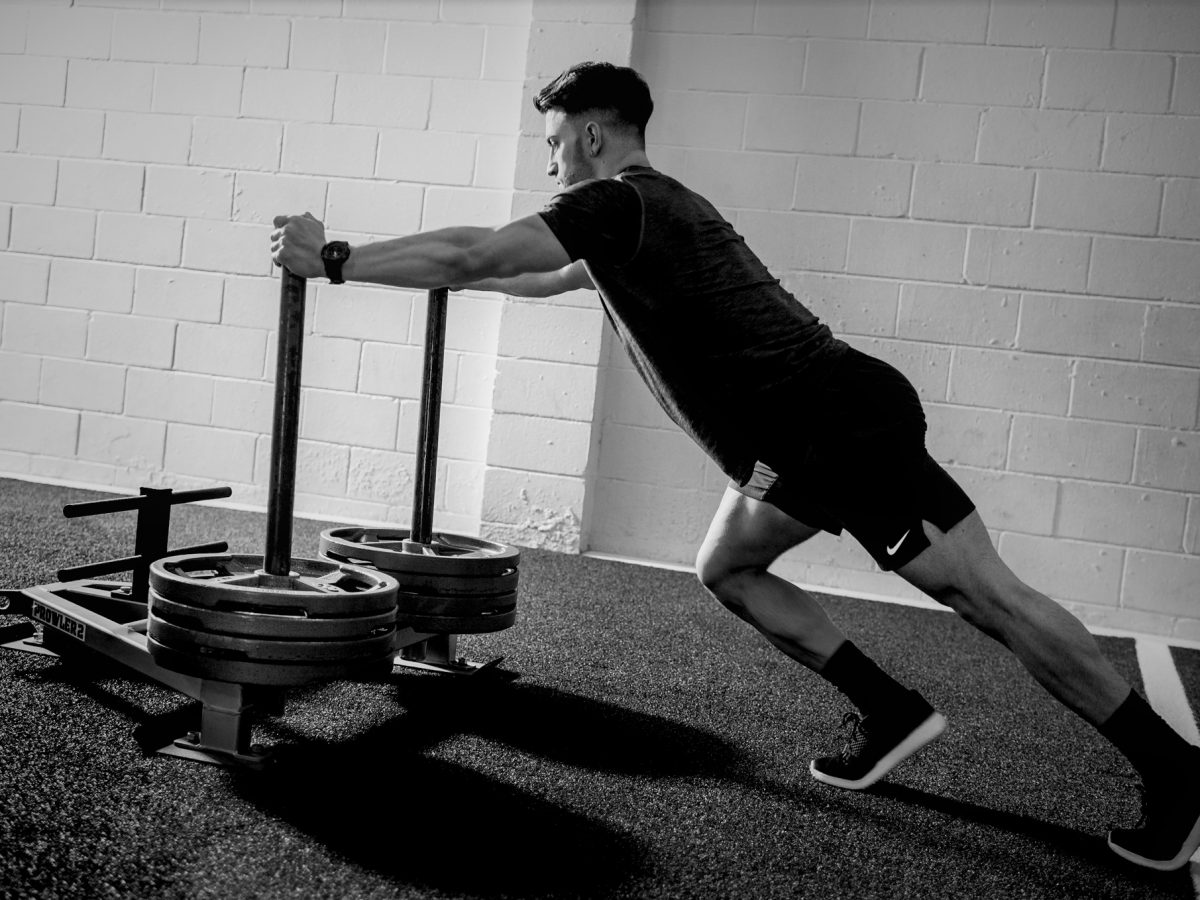By Jon Paryz, PT
Anyone can run.
True. But are they running with good form? That is the million dollar question. A better question is, are they running with the best form for them? One recurring theme I have seen in treating runners over the past 20+ years is that everyone is unique. What form and training works for Usain Bolt or Daniella Ryf may not work for you and me. Our gait is as unique as our fingerprint and there are tons of biometric studies that prove this. So a one-size-fits-all solution is not the answer. Whether that be a friend telling you to wear this type of shoe because it helped their problem, a website saying this stretch will cure your pain or deciding to run barefoot after reading “Born to Run.” Those things may or may not help you but they may not be what’s best for you and your body either. The best way to find out what will work for you is to have the way you move and run analyzed.
“But runners only care about form when they’re injured.”
Are you having recurring injuries or nagging pain? Plantar fasciitis, achilles’ issues, shin splints, runner’s knee, hip or back pain during or after your run? If you are you’re not alone. Recent studies report that between 50-62% of all runners will report an injury over the course of 12 months. That’s incredible to me. Due to race/life schedules and personality types, most runners will just “run through” the injury until they can’t any more. This is where the old adage “An Ounce of prevention” rings true. If we can learn to run most efficiently for our body type, injury history and training level, we can significantly reduce the chance of injury. Some injuries, say a sprained ankle on a trail , are just bad luck but the overuse injuries described above can largely be avoided or at least minimized by good form.
What to expect
A running analysis is pretty simple. After a thorough history, we will spend several minutes running on a treadmill and video this from different angles. Why video? The human eye/brain can process motion at roughly 24 frames per second and with cameras and apps we can record your motion at 240 fps and then watch it in slow motion giving us a much better idea of what is happening. We will examine your running shoes for the wear pattern and determine if they are the best shoes for your foot type and running style. Once we see what your body is doing we can identify potential areas of trouble or bio-mechanical breakdown. We will perform a thorough assessment of your foot and lower extremity chain through some movement testing. This provides a framework to determine what you need to work on to minimize risk and improve your performance.
Technically, we are examining: cadence, foot contact in relation to your center of mass, shin angle at contact, knee angle during swing phase, hip dip during stance phase, vertical displacement and flight vs ground contact time. These key factors help determine which areas require the most attention. Once this is determined, a custom exercise program and/or running drills will be created to address the issues identified.
To schedule your running analysis, contact Jon via email at staystrongptwellness@gmail.com or text at 919-414-7475. You can also book an appointment or ask questions at www.staystrongptw.com under the Contact Info tab. Happy running and Stay Strong!!

